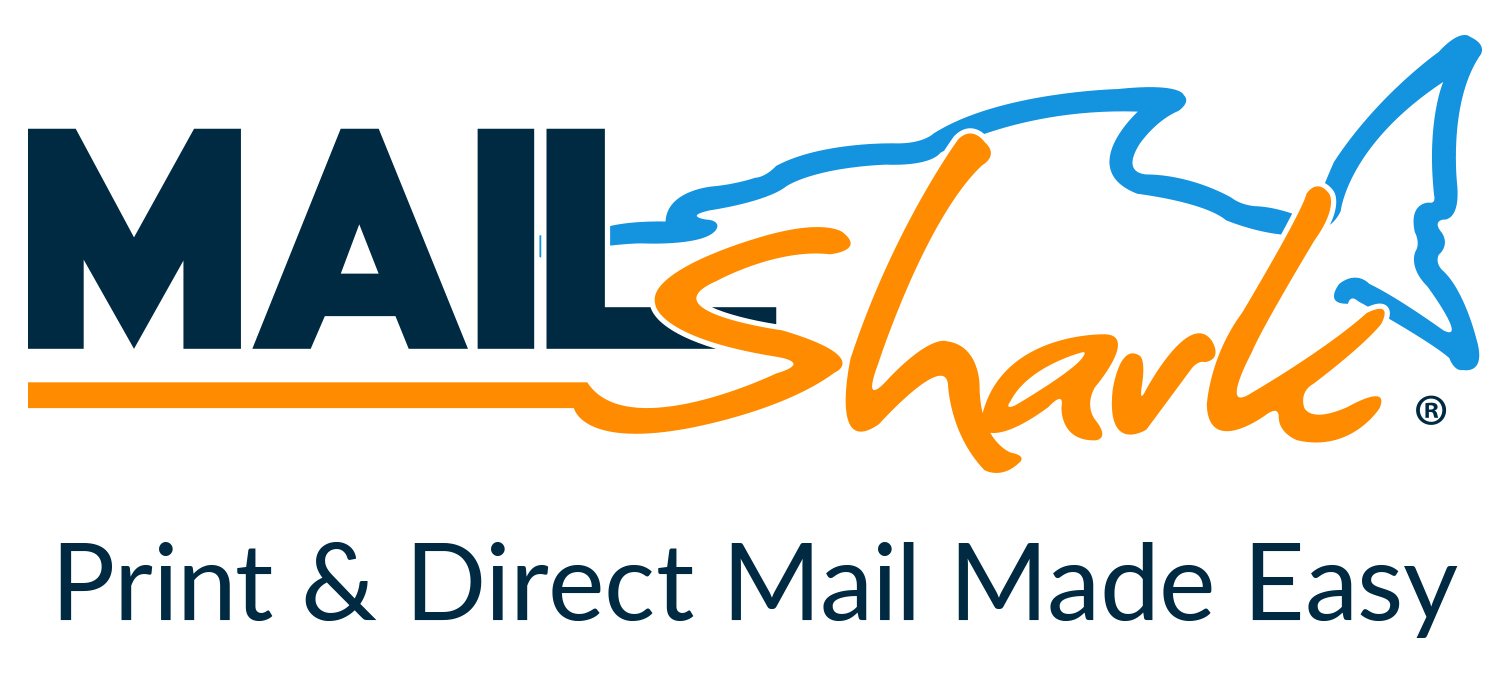North vs. South - A battle not between the states but a battle it is
-
Have you checked out Joe's Latest Blog?
-
By Joe Marconi in Joe's Blog5 commentsI recently spoke with a friend of mine who owns a large general repair shop in the Midwest. His father founded the business in 1975. He was telling me that although he’s busy, he’s also very frustrated. When I probed him more about his frustrations, he said that it’s hard to find qualified technicians. My friend employs four technicians and is looking to hire two more. I then asked him, “How long does a technician last working for you.” He looked puzzled and replied, “I never really thought about that, but I can tell that except for one tech, most technicians don’t last working for me longer than a few years.”
Judging from personal experience as a shop owner and from what I know about the auto repair industry, I can tell you that other than a few exceptions, the turnover rate for technicians in our industry is too high. This makes me think, do we have a technician shortage or a retention problem? Have we done the best we can over the decades to provide great pay plans, benefits packages, great work environments, and the right culture to ensure that the techs we have stay with us?
Finding and hiring qualified automotive technicians is not a new phenomenon. This problem has been around for as long as I can remember. While we do need to attract people to our industry and provide the necessary training and mentorship, we also need to focus on retention. Having a revolving door and needing to hire techs every few years or so costs your company money. Big money! And that revolving door may be a sign of an even bigger issue: poor leadership, and poor employee management skills.
Here’s one more thing to consider, for the most part, technicians don’t leave one job to start a new career, they leave one shop as a technician to become a technician at another shop. The reasons why they leave can be debated, but there is one fact that we cannot deny, people don’t quit the company they work for, they usually leave because of the boss or manager they work for.
Put yourselves in the shoes of your employees. Do you have a workplace that communicates, “We appreciate you and want you to stay!”
-
-
Similar Topics
-
By nptrb
Premium Member Content
This content is hidden to guests, one of the benefits of a paid membership. Please login or register to view this content.
-
By Changing The Industry
Episode 160 - Oz Mechanics on Business, Cultural Impact, and Fighting City Hall
-
By carmcapriotto
In this week’s episode, Hunt gets into the financial intricacies faced by auto repair shop owners, from refinancing debts and selling shops to securing new mortgages in today’s unpredictable market. He explores the strategies and tips to steer through the banking hurdles and optimize your financial operations.
• Market Update & Interest Rates: Starting with a quick market update, Hunt discusses the current state of interest rates and how they're affecting both personal and commercial loans. Despite the unchanged rates by the Federal Reserve, the historical highs are impacting mortgage affordability and commercial borrowing costs.
• Loan Acquisition Challenges: The episode sheds light on the complexities of acquiring loans in the current financial climate. Hunt discusses the often opaque criteria banks use to approve loans, offering some tips for what shop owners can do to increase their chances of securing financing.
• Listener Q&A and Acknowledgments: A special thanks to listeners for their engaging questions in the previous mailbox episode. Your curiosity fuels our content, and we’re here to address your concerns, guiding you toward informed financial decisions for your auto repair shop.
• Rapid Fire Tips for Financial Management: Closing the episode, Hunt offers some rapid-fire advice for managing your finances better, from understanding the nuances of loan interest rates to practical tips for ensuring your business stays liquid and prepared for any financial challenges ahead.
Thanks to our partners, NAPA TRACS and Promotive
Did you know that NAPA TRACS has onsite training plus six days a week support?
It all starts when a local representative meets with you to learn about your business and how you run it. After all, it's your shop, so it's your choice.
Let us prove to you that Tracs is the single best shop management system in the business. Find NAPA TRACS on the Web at NAPATRACS.com
It’s time to hire a superstar for your business; what a grind you have in front of you. Great news, you don’t have to go it alone. Introducing Promotive, a full-service staffing solution for your shop. Promotive has over 40 years of recruiting and automotive experience. If you need qualified technicians and service advisors and want to offload the heavy lifting, visit www.gopromotive.com.
Paar Melis and Associates – Accountants Specializing in Automotive Repair
Visit us Online: www.paarmelis.com
Email Hunt: [email protected]
Get a copy of my Book: Download Here
Aftermarket Radio Network
Click to go to the Podcast on Remarkable Results Radio

-
-
-
Our Sponsors





.thumb.jpg.2b345efc275b9df0af2bbb306a10a78a.jpg)












Recommended Posts